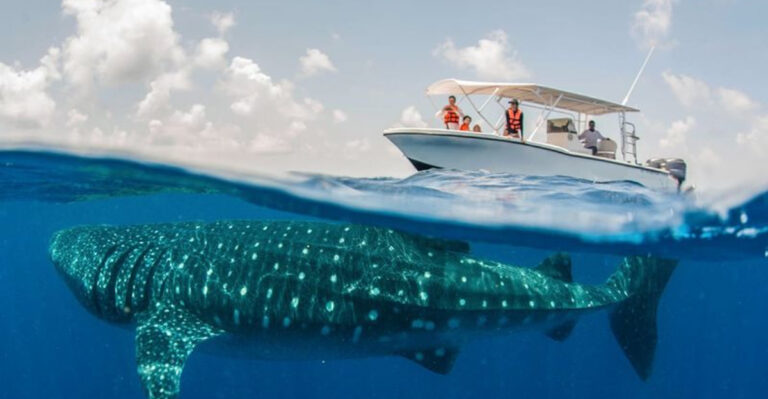13 Most Mysterious Marine Animals Discovered This Decade
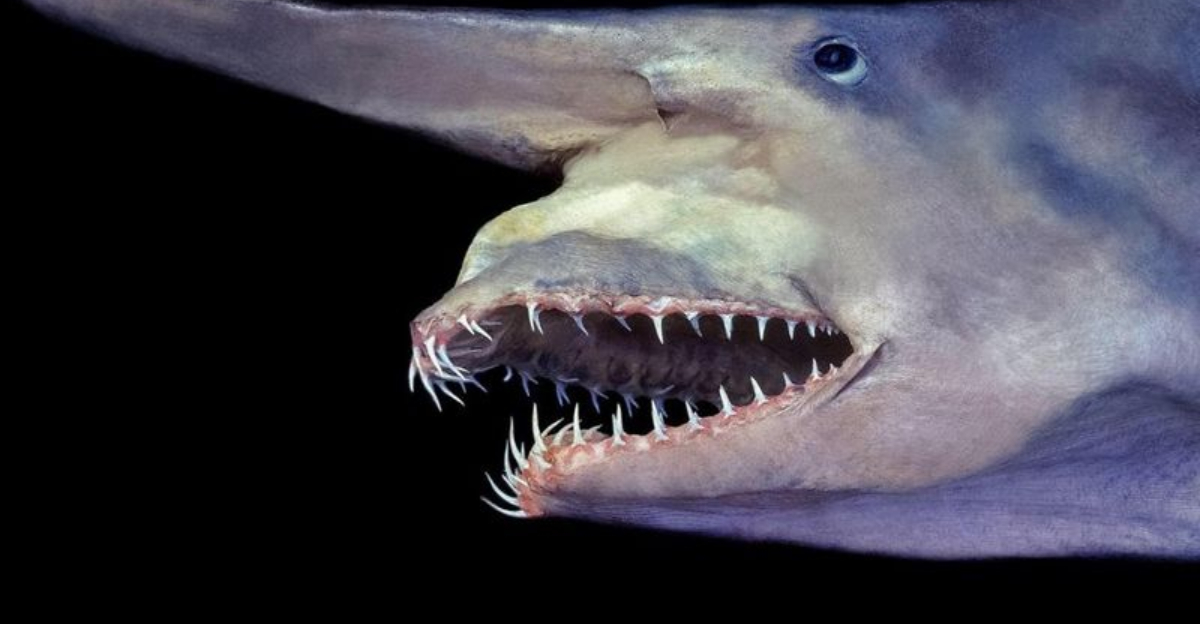
Our oceans remain one of Earth’s last great frontiers, with much of their depths still unexplored. Scientists estimate we’ve documented less than 20% of all marine life, leaving countless creatures waiting to be found.
Over the past decade, researchers have uncovered some truly bizarre and fascinating animals that challenge our understanding of ocean life.
1. Ghost Shark’s Eerie Appearance
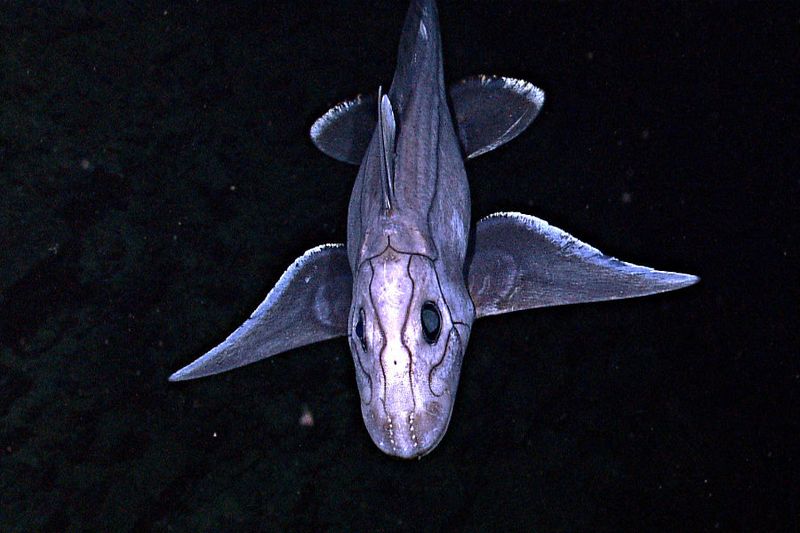
Found in the deepest trenches of the Pacific Ocean in 2016, the pointy-nosed blue chimaera amazed scientists with its phantom-like gliding motion. Previously only known from fossils, this living ghost shark species uses specialized sensory organs to detect electrical fields produced by prey.
Its milky-white skin and wing-like fins create an otherworldly appearance, perfect for its dark habitat thousands of feet below the surface.
2. Ruby Seadragon’s Crimson Mystery
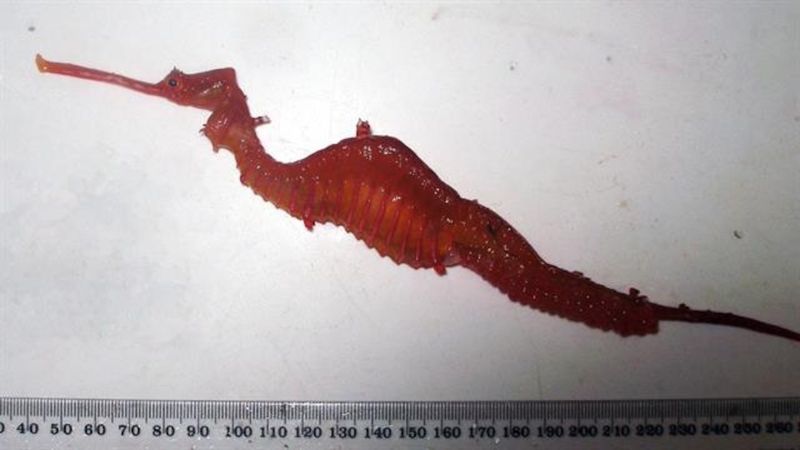
Marine biologists in Australia couldn’t believe their eyes when they spotted this vivid red relative of the seahorse in 2015. Unlike its leafy and common seadragon cousins, the ruby seadragon lacks elaborate appendages, suggesting it evolved to live in deeper waters where camouflage works differently.
Only four specimens have ever been documented, making it one of the ocean’s most elusive treasures.
3. Mariana Snailfish’s Record-Breaking Depths

Swimming nearly seven miles beneath the ocean’s surface, the Mariana snailfish claims the title of deepest-living fish ever discovered. Scientists found this translucent creature in 2017 thriving in the crushing pressure of the Mariana Trench.
Its body contains special proteins and chemicals that prevent it from being squashed by water pressure equivalent to an elephant standing on your thumb!
4. Faceless Fish’s Surprising Return
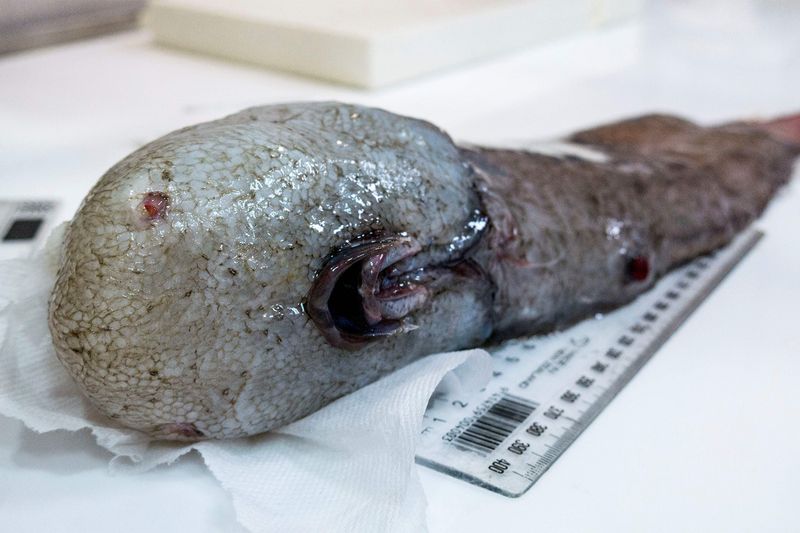
Imagine a fish without visible eyes or a discernible face! Rediscovered off Australia’s eastern coast in 2017, this bizarre creature hadn’t been seen since the 1870s. The faceless cusk lives in the abyssal zone where sunlight never penetrates.
Its mouth sits underneath its body, while its eyes are buried beneath skin – adaptations for life in absolute darkness where seeing becomes pointless.
5. Casper Octopus’s Ghostly Form
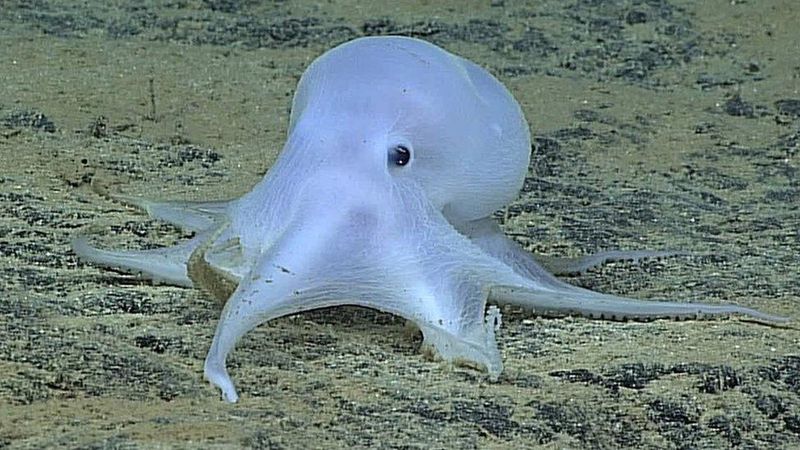
Looking like something from a cartoon, this adorable ghost-white octopus was spotted in 2016 near Hawaii. Nicknamed “Casper” after the friendly ghost, it’s the first octopus discovered without pigment cells, giving it a translucent appearance.
Scientists were stunned to find it living at depths of 4,000 meters, far deeper than any other known octopus species. Its delicate body suggests a completely different evolutionary path.
6. Ninja Lanternshark’s Glowing Disguise

Cloaked in jet-black skin that absorbs nearly all light, this shark species discovered in 2015 has a secret weapon – it glows in the dark! The ninja lanternshark uses specialized cells to produce a faint blue-green light along its sides.
Scientists believe this bioluminescence helps it communicate with others of its kind while remaining invisible to predators and prey alike. Its name came from schoolchildren who thought it looked stealthy!
7. Hoodwinker Sunfish’s Successful Deception
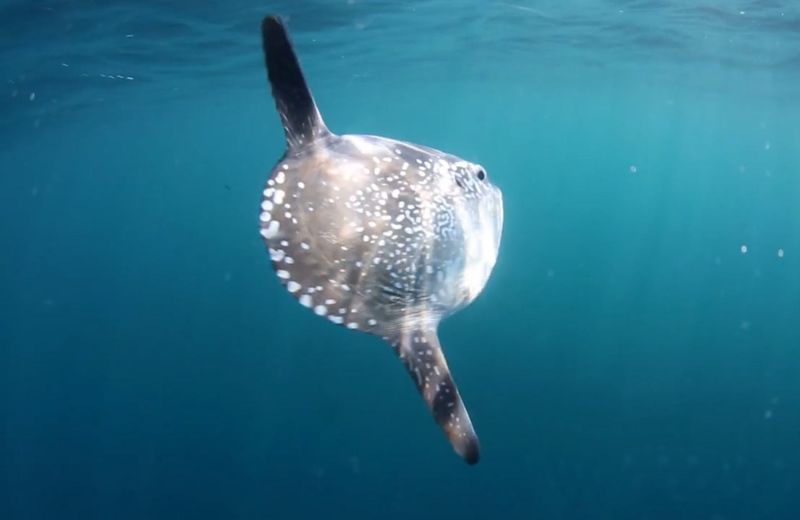
For centuries, this massive fish hid in plain sight, mistaken for other sunfish species until its official discovery in 2017. The hoodwinker sunfish can grow to the size of a small car yet somehow escaped scientific classification despite washing up on beaches worldwide.
Marine biologists finally confirmed it as a separate species through DNA testing. Its ability to “hoodwink” experts for so long earned it its playful name.
8. Ethereal Jellyfish’s Cosmic Beauty
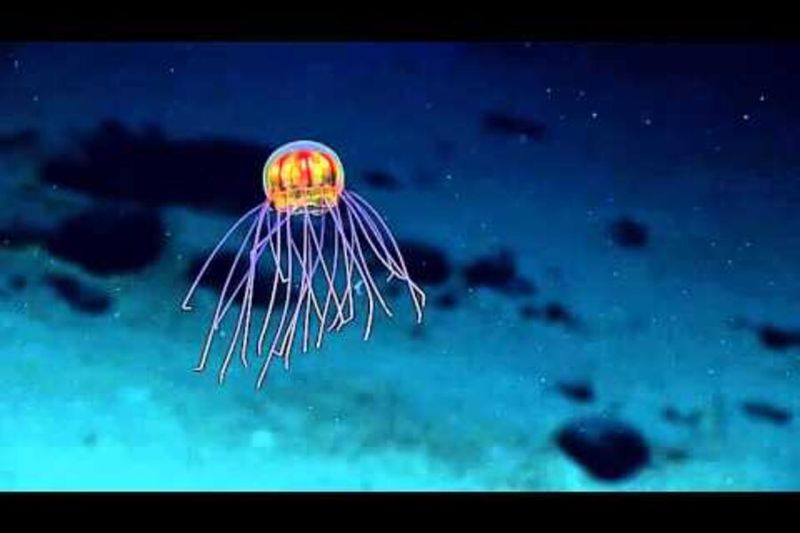
Resembling a cosmic entity more than an Earth creature, this jellyfish was captured on video in 2016 by deep-sea explorers near the Mariana Trench. Its translucent body pulses with rainbow colors while trailing delicate tentacles that can extend several feet.
Scientists haven’t even named it yet, as they’ve never captured a specimen for study. The footage shows it gracefully navigating through the water column like an alien spacecraft.
9. Swire’s Snailfish’s Toxic Haven

Discovered in 2019 living in one of the most inhospitable environments on Earth – the Atacama Trench off Chile’s coast. This pink, tadpole-like fish thrives in waters that would kill most other creatures due to extreme pressure and toxic hydrogen sulfide levels.
Its body contains special enzymes that neutralize toxins. Remarkably, it seems to have evolved completely independently from other deep-sea fish facing similar challenges.
10. Ram’s Horn Squid’s Live Debut
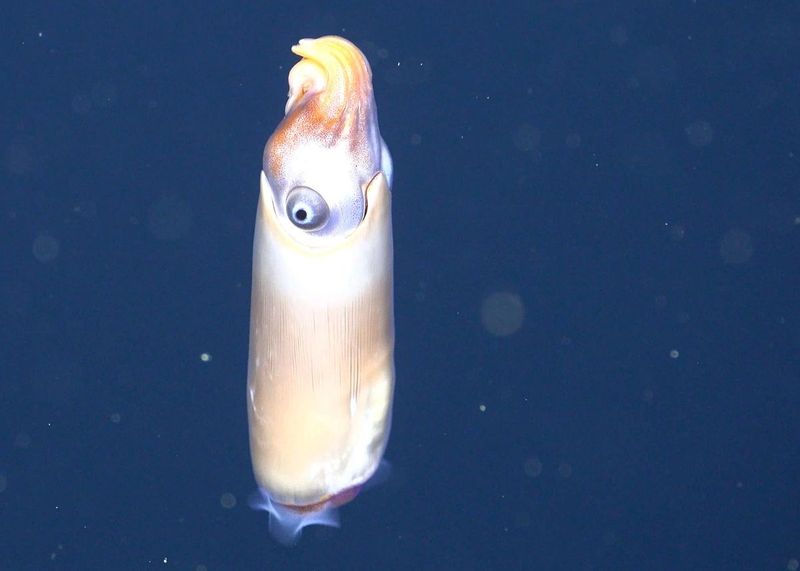
Marine biologists celebrated in 2020 when they captured the first-ever footage of a living ram’s horn squid. Previously only known from empty shells washing ashore, this tiny cephalopod possesses an internal spiral shell similar to an ancient ammonite.
The footage revealed something astounding – it swims with its head pointing downward, the opposite of all other known squid species! This unique orientation remains a complete mystery to researchers.
11. Dumbo Octopus’s Adorable Ears
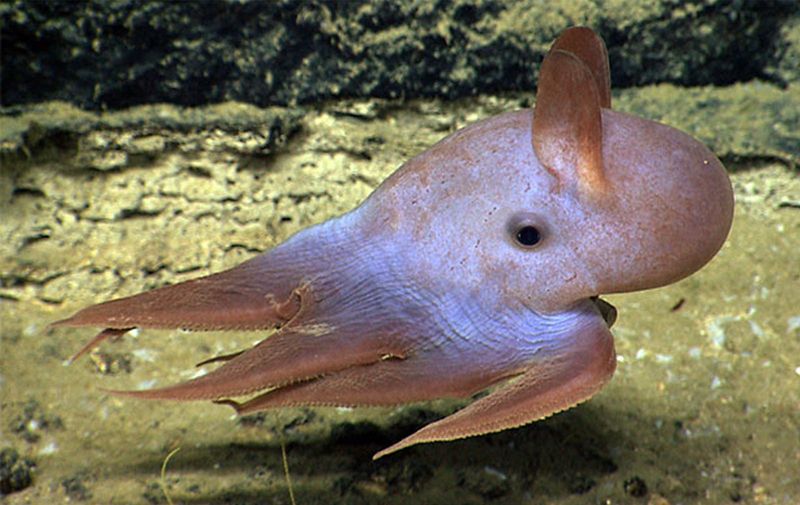
Named after Disney’s flying elephant, several new species of these charming deep-sea octopuses were documented between 2014-2018. Their most distinctive feature? Ear-like fins that flap gracefully as they move through the water, resembling Dumbo’s oversized ears.
Unlike most octopuses, they swallow prey whole rather than tearing it apart. Their gelatinous bodies allow them to live at crushing depths where few predators can follow.
12. Deepstaria Enigmatica’s Living Net

Resembling a ghostly plastic bag, this enormous jellyfish captured on video in 2018 mystified viewers worldwide. The Deepstaria enigmatica can expand its thin body to capture prey, functioning like a living fishing net in the ocean depths.
When feeding, it engulfs smaller creatures whole by contracting its bell-shaped body. Despite its intimidating size – potentially reaching six feet across – it poses no threat to humans.
13. Goblin Shark’s Extendable Jaws
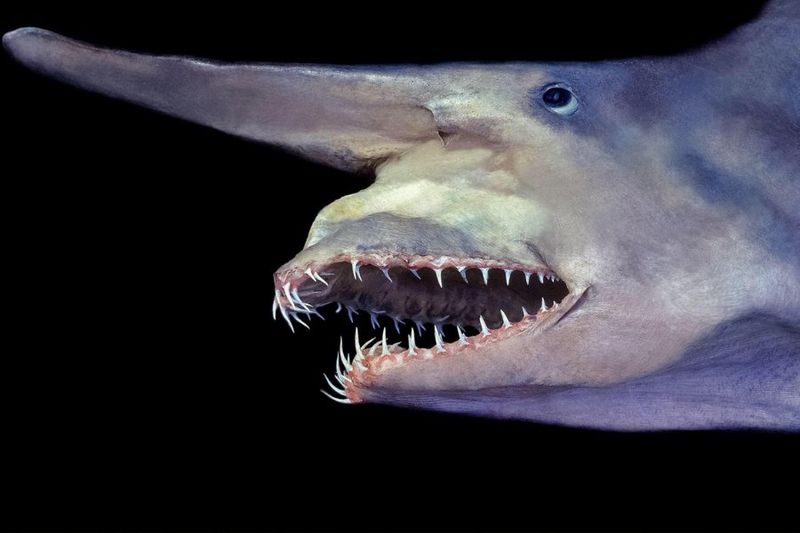
Although known to science before, new footage of juvenile goblin sharks captured in 2014 revealed astonishing feeding mechanics never documented before. Their prehistoric-looking jaws can project forward almost the entire length of their head in milliseconds to snatch prey.
Pink-skinned with a distinctive sword-like snout, these living fossils have remained virtually unchanged for 125 million years, making them true swimming dinosaurs of our modern oceans.





